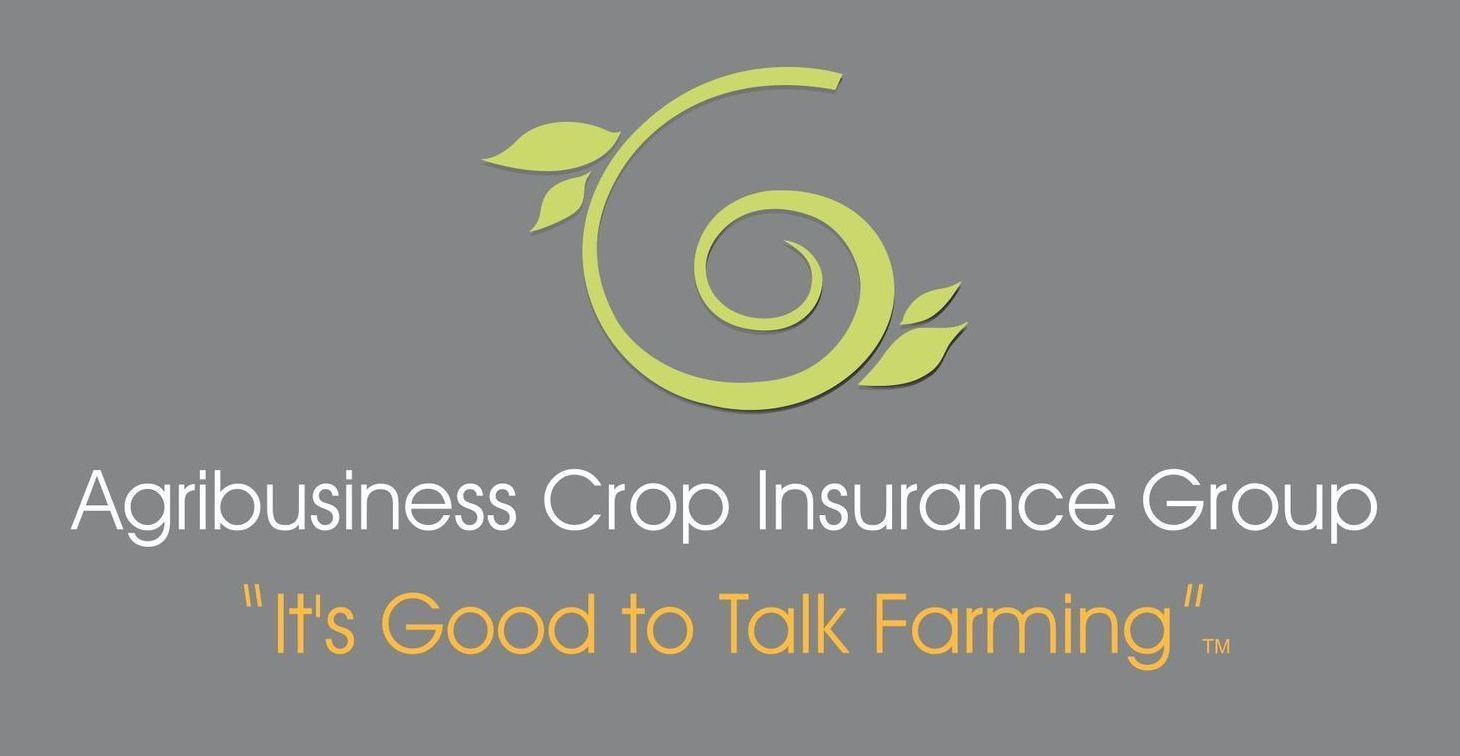Pasture, Rangeland, Forage (PRF)
The Risk Management Agency's (RMA) Pasture, Rangeland, Forage (PRF) Pilot Insurance Program is designed to provide insurance coverage on your pasture, rangeland, or forage acres. This innovative pilot program is based on precipitation using the Rainfall Index. This program is designed to give you the ability to buy insurance protection for losses of forage produced for grazing or harvested for hay, which result in increased costs for feed, destocking, depopulating, or other actions.
This insurance coverage is for a single peril: lack of rain.
The Rainfall Index is based on National Oceanic and Atmospheric Administration (NOAA) Climate Prediction Center data. The database is the "Improved United States Precipitation Quality Control System and Analysis" and contains data from 1948 to the present. Multiple data sets, including weather, satellite, and radar data, are interpolated to 0.25 degrees latitude by 0.25 degrees longitude grids that smooth the data and address the problem of extreme variability of individual data sets and basis risk which results from being far from a precipitation data input source. Losses are calculated based on the deviation from normal precipitation for the grid and index interval(s).
This insurance coverage is for a single peril—lack of rain. Coverage is based on the experience of the entire grid, and NOT individual farms or ranches or specific weather stations in the general area.

